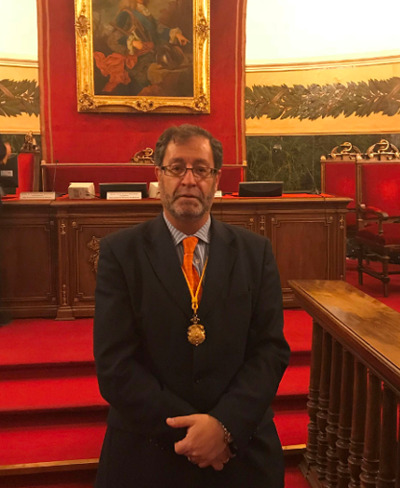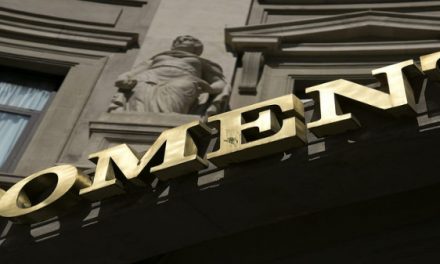“The Cervantes texts show that ointments made with a ritual or satanic excuse were recreational and recreational purposes”
Francisco López Muñoz, full academician of the Royal European Academy of Doctors-Barcelona 1914 (RAED), gave on February 20, at the headquarters of the Spanish Royal National Academy of Medicine, the conference “Pomadas y ungüentos de bruja en la literatura del Siglo de Oro” (Ointments and witch ointments in literature of Spanish Golden Age), in which he analyzed the magical environment of the world of witchcraft from the perspective of the extra therapeutic use of psychotropic agents through the main authors of the Golden Age, mainly Miguel de Cervantes and Lope de Vega.

Dr. Francisco López Muñoz
After an analysis of the phenomenon of witchcraft and the differential characteristics of the same in Golden Spain, reviewed the main agents used in the development of these ointments, highlighting the hallucinogenic plants of the solanaceae family (henbane, mandrake, belladonna, stramonium…), along with other ingredients of animal origin, such as substances obtained from certain amphibians (frogs or toads), very present in the symbolism associated with witchcraft. He also addressed the study of the possible documentary sources of these writers in pharmacological matters, highlighting the Dioscorides commented by Andrés Laguna and the Natural History of Pliny the Elder and his commented editions by some contemporary authors.
Special attention was given to the exemplary novel El coloquio de los perros (The colloquy of dogs), in which Cervantes masterfully describes the psychotropic effects of the mixtures of hallucinogenic agents administered topically (extracorporeal trips, visual hallucinations, pleasurable sensations…), in a very similar way to the one made by the professor of Tomist theology of the University of Alcalá Pedro Ciruelo and by the Segovian doctor Andrés Laguna. The speaker indicated that “the Cervantes texts highlight a fact that today could seem evident, that in many occasions these ointments could have been elaborated, with the ritual or satanic excuse, with evidently recreational and playful purposes”.
The conference concluded by stating that the use of scientific works by the writers of the Golden Age “as a reference tool and documentary does not reduce the artistic creativity of these authors, as one might think from reductionist approaches, but quite the contrary : an approximation of science to literature for the first time in the history of Spanish literature”.



